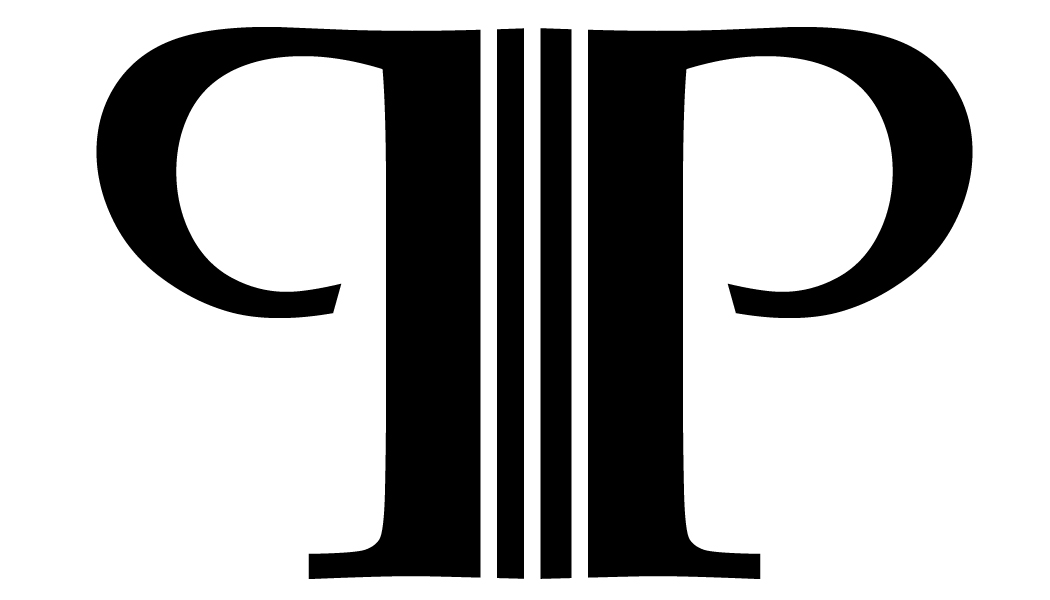My summer teaching schedule is lighter… by design. Summers in VT are short. We burn off the morning chill with our wood stove in the early days of June and will begin lighting small, poplar fires in the late days of August. That kind of short. We know that our warm days are limited so we make the most of time in a way that southern states don't have to. Summer vacations often begin the moment the school kids set their books down.
I have my summer bucket list in my mind each year. Summer-y things I want to be sure to do. We have our scheduled vacation at a camp on a lake, but I am talking more about things that, while planned, have a serendipitous feel to them. We love to take the ferry from the Champlain Valley across the lake to Essex, NY and explore the village and shops there, we want open afternoons to dip into the icy water of the Dog river with, appropriately, our own pups splashing after tennis balls. We want to find snack shacks from the forties where you sit in old wooden swings while eating lobster rolls in grilled buns and homemade onion rings while waving at the river as it rolls by. We understand the gift and the burden of time.
Because I have students sign up for lessons on a month basis in the summer, I often get people who are outside my regular studio. This summer I had someone contact me wanting help with a recurring injury. We began at the head of June and have been working on an almost weekly basis since then. He is an advanced player who, even while passing through the many levels of technique required to come to this place, struggles with pain. Pain to the degree there is fear that it will curtail his career. Interestingly, as I watch him play, it is not overt why he is having pain. This has caused us to examine the minute of playing and it has helped remind me of how important position is. At any stage of development.. Playing the cello is an athletic endeavor and needs the player to consider it as such.
I watch to see where his power is coming from- is he playing with his back muscles or is he lifting (even slightly) his right elbow to push rather than drop weight into his bow arm? He often feels an electric-type “buzz” through his forearm making us wonder about the ulnar nerve and its involvement. He feels fatigue when asked to play long passages. These are all symptoms of stress. Any time we play with even the slightest stress in our bodies, pain can be the result.
I’m very careful when beginning a student, to be sure that stress is not manifesting in their jawline, or neck. Often students will quite literally stop breathing while playing, their focus on getting notes correct so intense. Interestingly, here we are working with someone so far from the beginning of study and yet, in reality, he is still suffering from the result of stress. It happens that the contact point for that stress has just gotten better at hiding from him.
If I am working on a difficult passage of music, I often will find myself feeling fatigue and soreness in my right elbow. It is an indicator that I am pushing my bow and transferring the energy needed from my brain into my right hand. In looking at this issue and asking Paul to watch me, I determined that if I could recognize the point of stress while playing- in other words, if I could be available to feel that at its origin, I could stop it by immediately but subtly changing my hand position. When pushing the bow (up bow) I tend to cause a slight extension in my right wrist in order to get more torque. It isn't necessary since among other things, I have a wonderful bow that will do that work for me if I let it, and yet I do it. I have learned to make note of fatigue or pain while I am playing, not afterward, and, realizing what my anatomy is doing. I quickly release and I can feel that release all the way to my elbow.
To determine exactly what is causing pain is really difficult since we are all anatomically unique. What triggers me might not trigger you. So, what does it take? It takes a second set of eyes and ears on us- invaluable for position and listening. Clarinetist extraordinaire Benny Goodman had a lesson every week of his playing life. It takes willingness to change, which sounds much easier than it really is. We use the words, we use the words very sincerely, but when it comes time to tweaking our bow hold, or dropping our shoulder, doing anything that is different than what we have been doing - we panic. What if we can't play the same way that we have always been able to?
My questions have to be: what is your option? And what are you willing to suffering with?
A good thought is to be sure that your instruction, at every level along your journey, pays attention to much more than just the notes that you play. If you say it hurts - that has to matter.
I tell everyone to stay on the path. But I need to make it clear that the path is your own, that your anatomy is unique to you. Your path might be straight or it might curve left or have a few boulders in the middle of it. Important to remember that, no matter how far you have traveled on your path, sometimes what it takes to change is to step off to the side and take a long breath.
Melissa Perley
